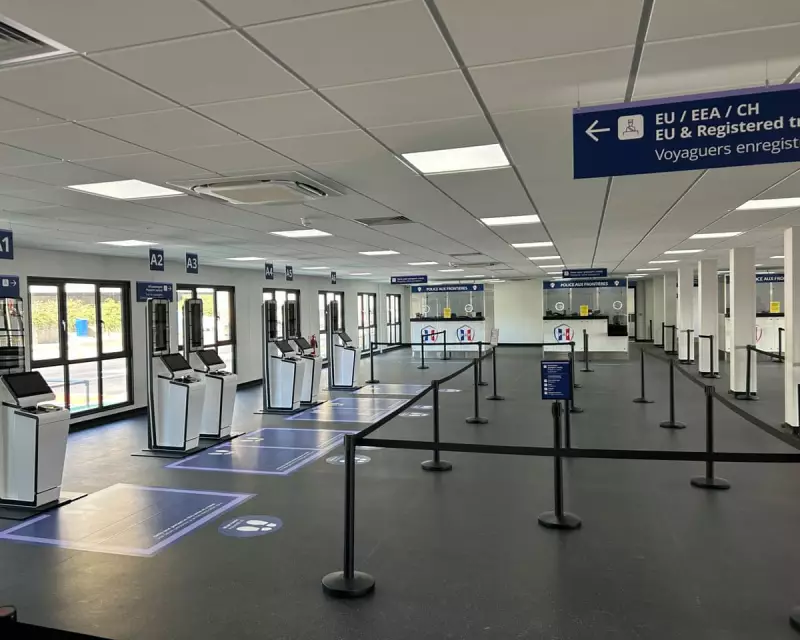
The European Union's highly anticipated Entry/Exit System (EES), designed to transform border security, has been hit by significant delays that could disrupt travel plans for millions of British visitors to Europe.
What is the EES and Why Does It Matter?
The automated EES will register non-EU travellers' details including names, travel documents, biometric data like fingerprints and facial images, plus entry and exit dates. This digital system aims to replace manual passport stamping and strengthen border control across the Schengen Area.
Implementation Timeline Pushed Back
Originally scheduled for implementation in 2024, the system's rollout has now been postponed until at least late 2025. European officials cite "technical and logistical complexities" as the primary reasons for the delay, particularly concerning data protection requirements and integration with existing border infrastructure.
Potential Impact on UK Travellers
When the system eventually launches, British travellers should prepare for:
- Longer processing times at border crossings
- Additional biometric data collection procedures
- Potential queues extending several hours during peak periods
- Required registration for each entry into the Schengen Area
The delays provide temporary relief but signal significant changes ahead for post-Brexit travel between the UK and EU member states.
Preparing for the New Border Reality
Travel experts recommend that UK passengers planning European trips in late 2025 and beyond should:
- Allow extra time for border crossings
- Ensure travel documents are current and in good condition
- Stay informed about implementation dates as they're confirmed
- Consider alternative travel routes if possible
The extended timeline offers authorities additional opportunity to streamline processes and minimise disruption, but travellers should brace for a fundamentally changed border experience in the near future.





